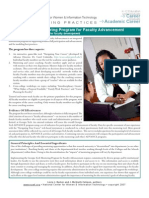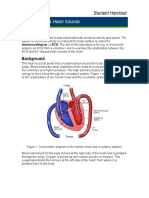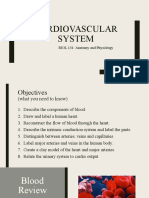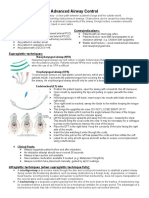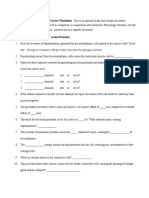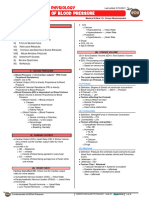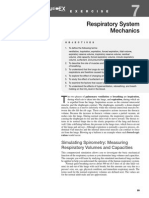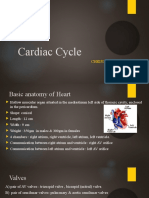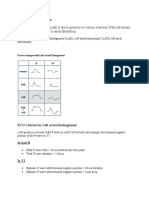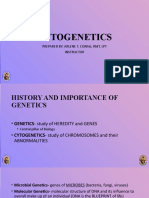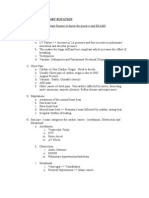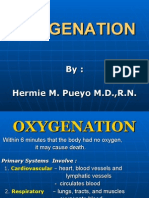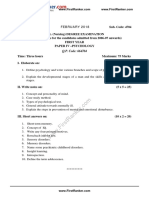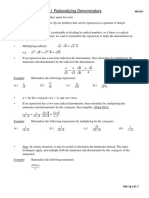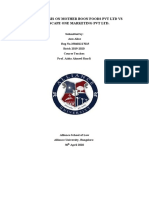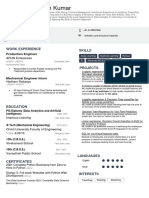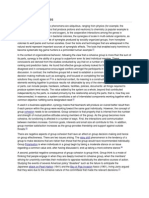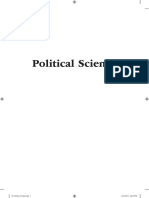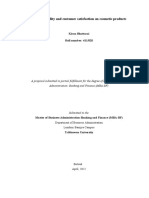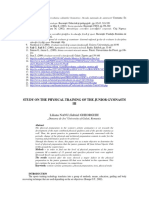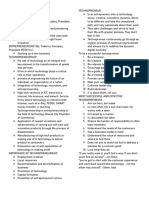0% found this document useful (0 votes)
85 views44 pagesCardiovacular System
Based on the information provided, this patient likely has Autonomic Nervous System Dysfunction. Specifically, she is exhibiting symptoms consistent with Orthostatic Hypotension which can be caused by Dysautonomia. Her family history suggests she may have Familial Dysautonomia (Riley-Day Syndrome), a genetic condition affecting the autonomic nervous system.
Uploaded by
HimanshuCopyright
© © All Rights Reserved
We take content rights seriously. If you suspect this is your content, claim it here.
Available Formats
Download as PDF, TXT or read online on Scribd
0% found this document useful (0 votes)
85 views44 pagesCardiovacular System
Based on the information provided, this patient likely has Autonomic Nervous System Dysfunction. Specifically, she is exhibiting symptoms consistent with Orthostatic Hypotension which can be caused by Dysautonomia. Her family history suggests she may have Familial Dysautonomia (Riley-Day Syndrome), a genetic condition affecting the autonomic nervous system.
Uploaded by
HimanshuCopyright
© © All Rights Reserved
We take content rights seriously. If you suspect this is your content, claim it here.
Available Formats
Download as PDF, TXT or read online on Scribd
/ 44

